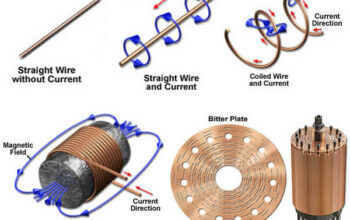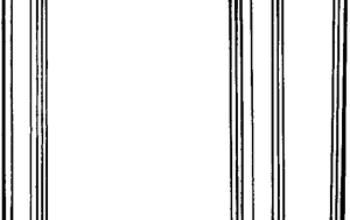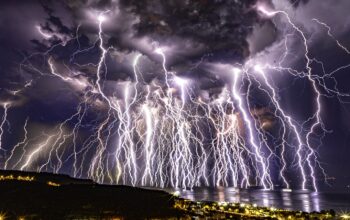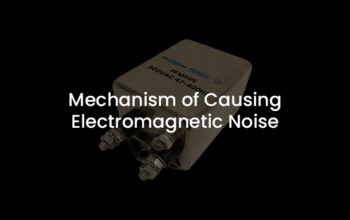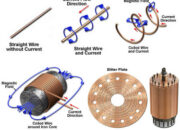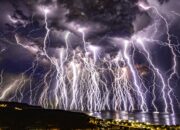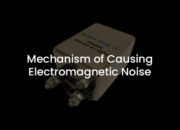Recent developments in the field of condensed matter physics have unveiled intriguing observations that resonate with the age-old quandary of electron pairing—specifically, the phenomenon occurring without the subsequent emergence of superconductivity. This revelation has catalyzed a discourse surrounding the foundational principles that govern excitations within correlated electron systems. The implications of these findings extend beyond conventional superconductivity, beckoning a thorough examination of their physical underpinnings.
At the crux of this exploration lies the concept of electron pairing, predominantly elucidated in the context of Bardeen-Cooper-Schrieffer (BCS) theory. Traditionally, it has been perceived that paired electrons, characterized by their opposite spins and momenta, lead to the formation of Cooper pairs, which are essential for superconductivity. However, recent empirical evidence challenges this notion by demonstrating that electron pairing can indeed manifest in materials that do not exhibit superconducting behavior.
An essential paradox arises from this observation: How can electrons couple in a manner predicted by superconductivity without leading to the macroscopic quantum phenomena typically associated with it? This question not only unsettles established paradigms but also illustrates the nuanced complexities inherent in many-body quantum systems. The materials in question exhibit signs of electron correlation and non-trivial spin dynamics, suggesting an entanglement that transcends simple pair formation and engages with more intricate many-body physics.
To delve deeper, we should elucidate what is meant by electron pairing. In essence, it entails the formation of correlated states resulting from attractive interactions between electrons, often mediated by lattice vibrations or phonons. While in superconductors this leads to a collective ground state that allows for zero-resistance conduction, in non-superconducting systems, such pairing can give rise to a rich tapestry of phenomena—including charge density waves, spin density waves, and insulating states. The pivotal question that arises here is whether this electron pairing is merely a transient phenomenon or indicative of a deeper, more intricate order that remains elusive under traditional characterization methods.
Recent investigations have employed advanced techniques such as angle-resolved photoemission spectroscopy (ARPES) and scanning tunneling microscopy (STM) to probe the electronic structure and pairing mechanisms in various materials. For instance, studies on cuprate and iron-based superconductors have occasionally revealed signatures of pairing behavior at temperatures well above their critical temperatures, suggesting a form of pre-formed pairs that do not condense into a superconducting state. This observation provokes a compelling challenge: Are these pairings a distinct phase of matter, potentially leading to novel electronic properties, or are they a mere artifact of experimental conditions?
The quest for understanding electron pairing beyond superconductivity propels researchers to reconsider the interactions at play. In many-body systems, electron-electron interactions can give rise to exotic states of matter that defy traditional classification. In this context, theories such as quantum criticality and the concept of Fluctuating Orders have garnered attention. These frameworks suggest a rich interplay of multiple order parameters, indicating that electron pairing may not solely equate to superconductivity but instead could represent a phase distinct from those traditionally acknowledged in theoretical models.
A particularly provocative aspect of this inquiry pertains to the implications for quantum computing and the realization of robust qubits. If electron pairing phenomena can be harnessed in a controlled manner, it opens avenues for developing new materials that exhibit coherence without the constraints imposed by superconductivity. This would be pivotal in constructing more stable quantum systems, circumventing thermal noise and other decoherence mechanisms that traditionally plague quantum devices.
However, while the prospects appear promising, they are rife with challenges. It necessitates a thorough understanding of the coupling mechanisms responsible for these interactions. The delicate balance between electron correlation and lattice dynamics must be meticulously unraveled to ascertain whether these emergent paired states are inherently stable or susceptible to perturbations. Additionally, the scalability of such phenomena to macroscale applications remains an open question—will these behaviors persist under varying dimensions and regimes, or do they only manifest under specific conditions?
As one ponders these challenges, a playful query emerges: Could the observed electron pairings without superconductivity reveal a previously undiscovered class of materials that redefines our understanding of phase transitions? This notion, once relegated to speculative theory, may indeed serve as a catalyst for novel experimental pursuits designed to discover and harness unexpected quantum phenomena.
In concluding this discourse, it is imperative to emphasize the significance of nuanced experimental approaches paired with robust theoretical frameworks. The interplay of theory and experimentation will unveil the true nature of these phenomena, guiding the future of research aimed at unraveling the complexities of electron pairing. It invites physicists to not only confront challenging paradigms but also to embrace the serendipity inherent in scientific inquiry. As the journey progresses, the resolutions to these questions may one day illuminate the tapestry of quantum mechanics, possibly offering profound insights into the fundamental fabric of our universe.
